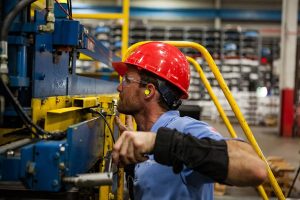Pack Expo 2020: 61 packaging trade shows to consider attending at
Pack Expo, Packaging Expo, Trade Shows, Fairs, Events, Exposition, Exhibition… you can call them whatever you want. But you know they will be on your calendar for 2020. Attending trade shows and events can be one of the most interesting ways to stay on top of market news, expand your network and finding technologies that are revolutionizing the industry. And, of course, do business, both as an exhibitor or an attendee. Around the world, you can participate in packaging industry events and get the most out of them. For this, it is important to prepare your trip in advance and set clear goals for each of them. To make your journey easier, we have prepared a guide to the best packaging events in 2020 (see below). Download the Ultimate List with more than 150 Packaging Events Worldwide: 2021 & 2022 How to get the best out of events and packaging trade shows? Be really aware of your interests After all, why are you going to the event? Reflect on your expectations, interests and main problems experienced to help direct your participation. See what is in line with your objective and ask questions to be answered. Give a…










